Camshaft: How it works, and what you didn't know about it?
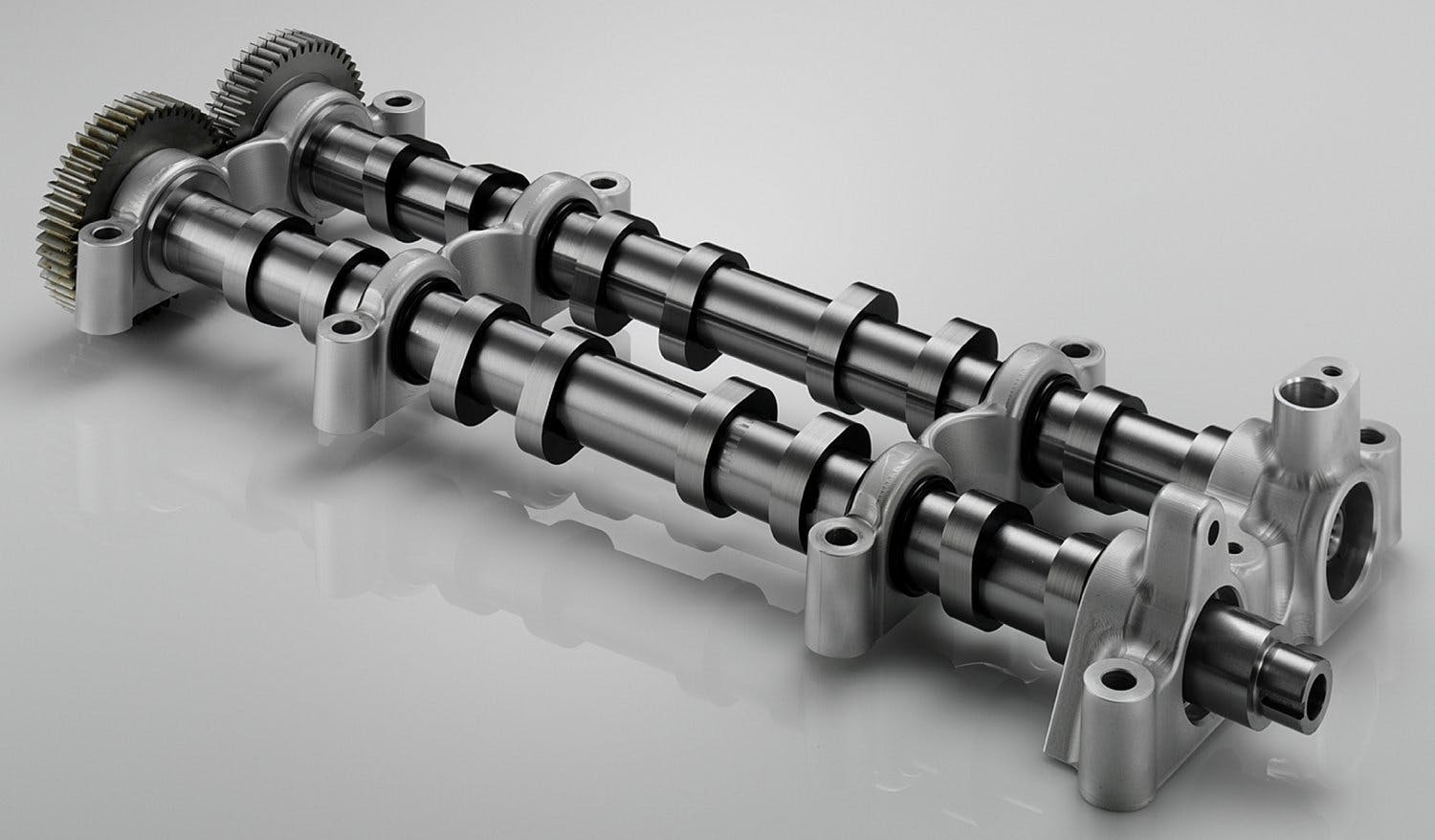
The camshaft is the shaft that opens the intake and exhaust valves of the internal combustion engine, thus allowing the filling or emptying of the cylinders. A camshaft is a rotating lever on which the cams are located.
The number of cams on the camshaft depends on the number of cylinders in one row of the engine and the number of valves per cylinder.
Spis treści
Camshaft function in a nutshell
The cams are egg-shaped and are turned in different directions, as required by the valve timing of each cylinder. With four-stroke engines, the valve opens only once during two crankshaft revolutions.

Crankshaft: What is it for, and what forces must it withstand?
This means that if the crankshaft turns at a speed of 2000 revolutions per minute, the camshaft turns only 1000 times per minute.
Camshaft components
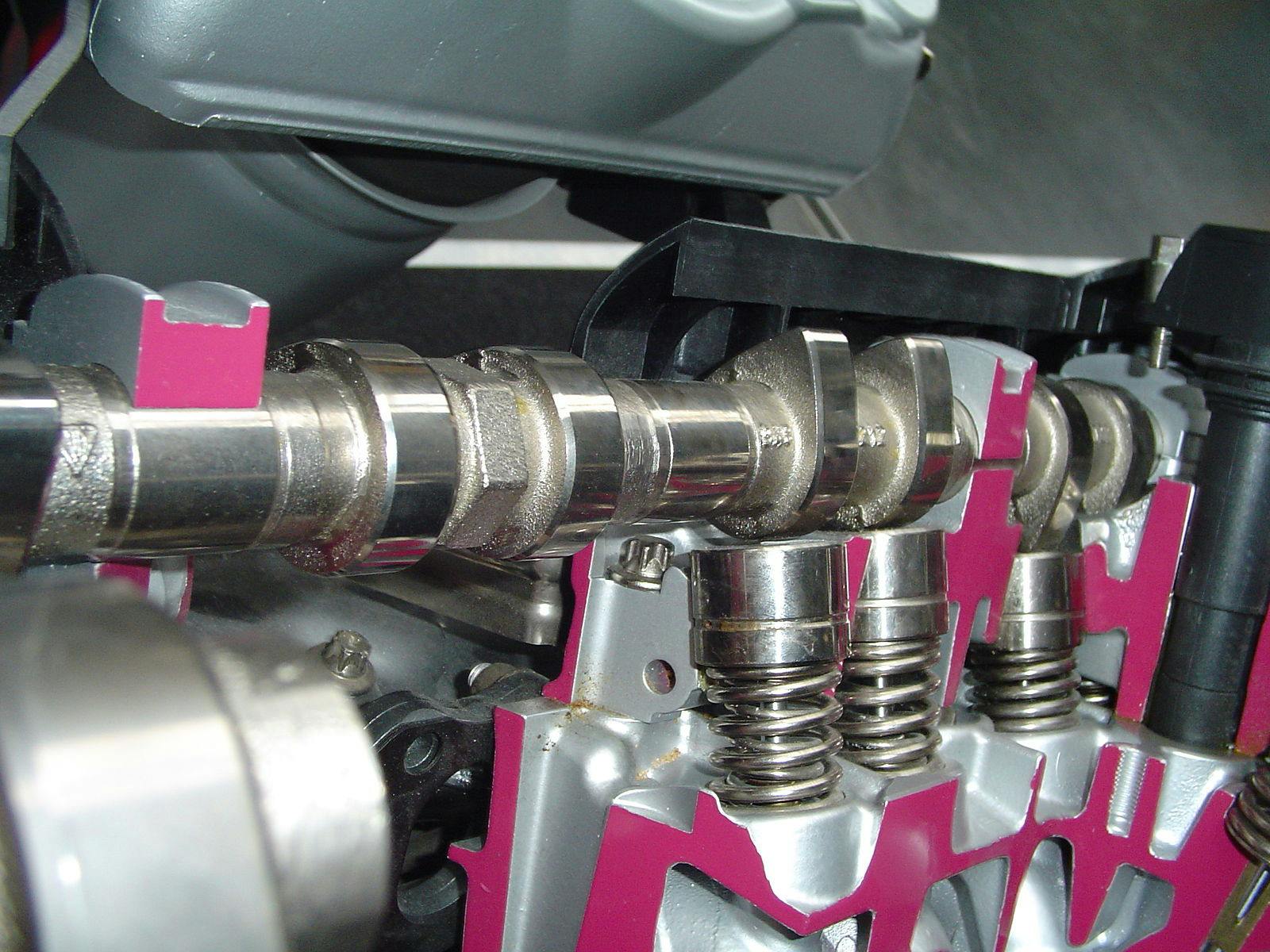
The camshaft consists of several key components, including:
- Cam lobes: These egg-shaped protrusions control valve timing by pushing on lifters or rockers, which open the valves.
- Camshaft Bearings: These bearings allow the camshaft to rotate smoothly in the engine block or cylinder head.
- Camshaft pivots: The pivots serve as support points for the camshaft bearings.
- Gear drive or timing chain: This connects the camshaft to the crankshaft, thanks to which they are properly synchronized.
Types of camshafts
There are three main types of camshafts, each with unique characteristics:
- Flat Tappet Camshafts: These camshafts use a flat surface on the tappet that contacts the cam lobe. Flat tappet camshafts are generally more affordable but may have limited performance potential due to their lower lift capabilities.
- Roller Camshafts: Roller camshafts feature a roller bearing on the lifter in contact with the cam lobe, reducing friction and allowing higher lift and duration profiles. These camshafts offer better performance but are more expensive.
- Camshafts with variable valve timing (VVT): VVT (variable valve timing) camshafts allow smooth valve timing adjustment, thus providing better performance and efficiency in a wide range of revolutions.
Opening and closing of valves
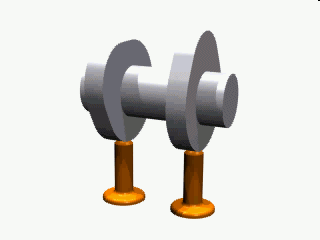
In the case of valve function, the most important thing is how much the valve is open and the length of time it is open. If we want to squeeze as much power out of the engine, we must get as much fuel and air mixture into the cylinder as possible. That is why the intake valves must be opened as much as possible and for as long as possible.
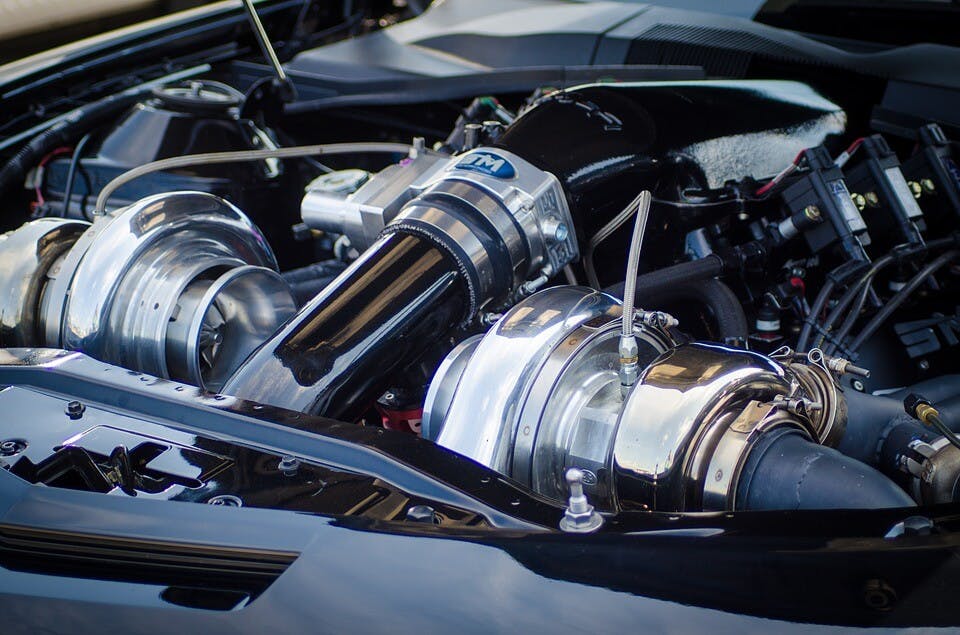
Engine Power And Torque: Which of these parameters is more important?
However, the exhaust valves must also be opened as much as possible and for as long as possible, so that the maximum amount of exhaust gases can get out of the cylinder. The cam does not touch the valve tappet when the valve is closed. If the camshaft rotates, the cam starts to run against the valve tappet, pushing the valve spring, and causing the valve to open.
If the cam pushes the valve lifter to the maximum, it will cause the valve to open to the maximum. The height of the top (highest part) of the cam determines the maximum lift of the valve. The maximum stroke of the valve must have a certain limit. Otherwise, the valve and piston could meet, subsequently leading to the engine's destruction.

Sharp cams: What are their pros and cons?
The camshaft cam's shape determines the valve's speed and opening time. Cams with a more rounded shape are called sharp cams and thus allow the valve to be open longer.
Interesting facts about the camshaft
- Historical Origins: The concept of the camshaft dates back to ancient civilizations, where water-driven camshafts were used in various machines. The application of camshafts in internal combustion engines began at the end of the 19th century.
- Effect on engine sound: The distinctive sound of more powerful engines is often the result of aggressive camshaft profiles, resulting in a unique exhaust note due to valve timing.
- Dual Camshafts: Performance engines often use a dual overhead cam (DOHC) design, which allows for better valve timing control and higher power output.
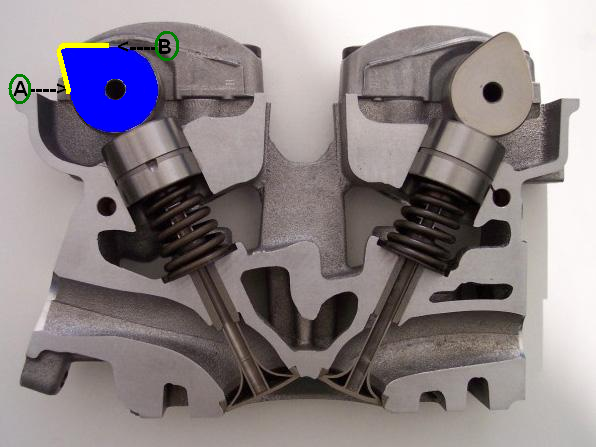
Camshaft FAQs
Q: How can I tell if my camshaft is worn or damaged?
Answer: Symptoms of a worn or damaged camshaft may include reduced engine power, excessive valvetrain noise, or poorer fuel economy. It is important to inspect the valve train thoroughly and, if necessary, consult a professional mechanic for diagnostics.
Q: Is a camshaft with a more aggressive profile always better for performance?
Answer: Not necessarily. While aggressive camshaft profiles can increase high-rpm power, low-rpm torque and drivability can suffer. The ideal choice of camshaft depends on the intended use of the engine and the desired power band.
Q: How does variable valve timing (VVT) affect camshaft performance?
Answer: VVT systems allow valve timing to be continuously adjusted, providing better performance and efficiency over a wide rpm range. This technology enables more precise control of valves, and optimization of power and torque without sacrificing driving characteristics and fuel consumption.
Conclusion
The camshaft plays a key role in the operation of the internal combustion engine, as it controls the opening and closing of the valves that allow the air-fuel mixture to enter the combustion chamber and exhaust gases.